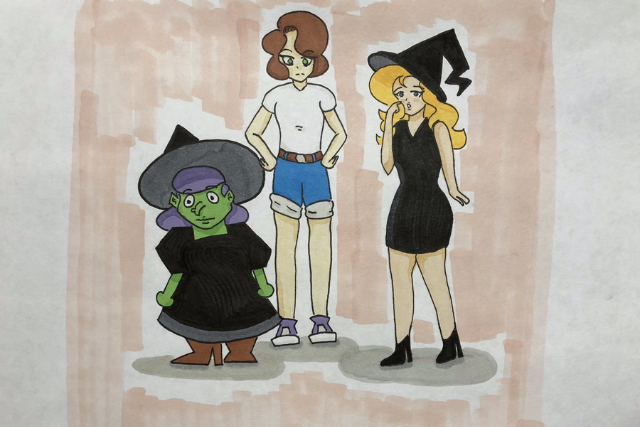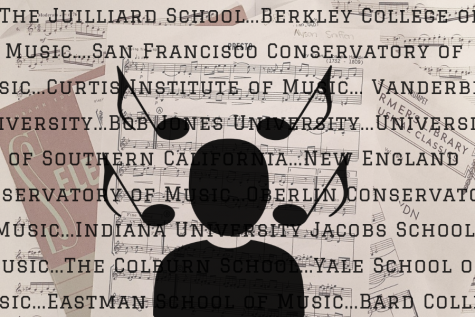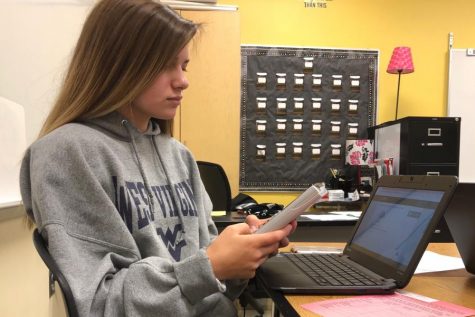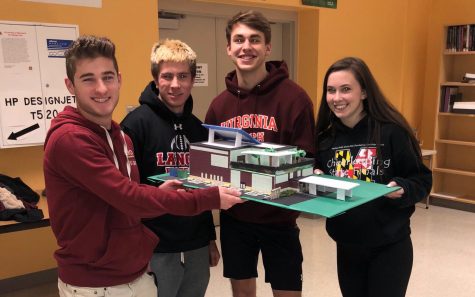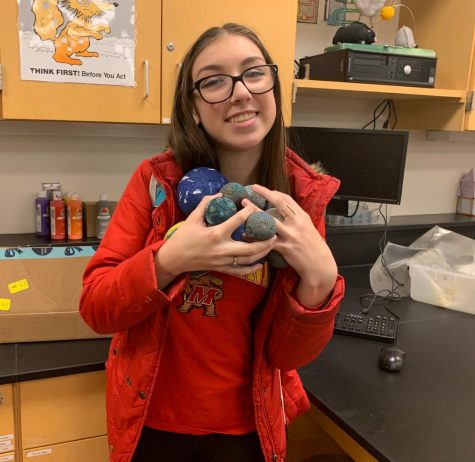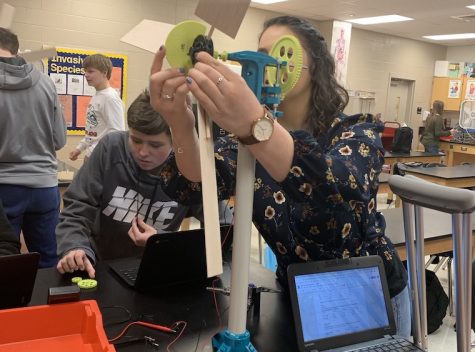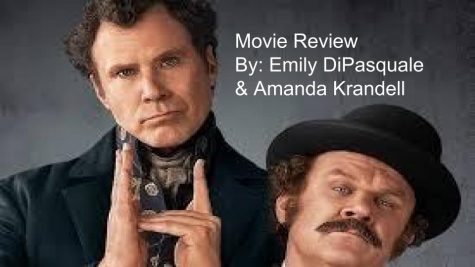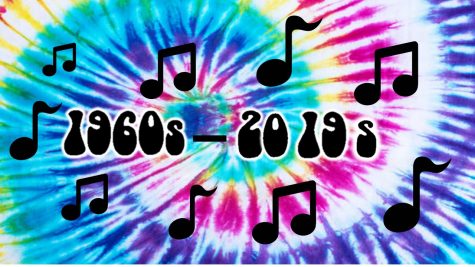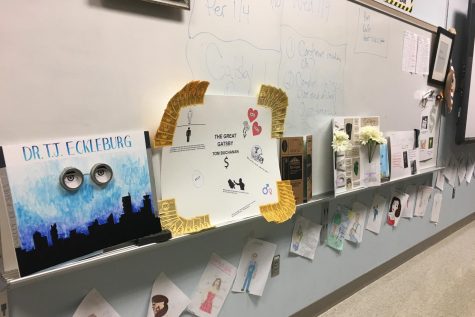Give witches a break!
November 30, 2018
What do you think of when you hear the word witch?
I get a lot of different answers, ranging from The Wizard of Oz’s Wicked Witch to devil worshipers. People mention Halloween costumes. I listen to a lot of descriptions of green-skinned women with warts and black pointy hats, and a surprising number of anecdotes about blood sacrifices and goatmen, mostly references to American Horror Story’s third season, Coven.
No one knows what to say when I tell them I am a witch.
Many think of witches as just another character from a fairy tale, but witches are real. Witchcraft is practiced around the world today, and it’s not all “eye of newt” and “wing of bat.”
Witchcraft is defined differently by those who practice it: some refer to it as a form of spirituality, a traditional art, or a religion. Most witches are Pagan, meaning they worship multiple deities, but then there are witches who identify as Christian and are still practitioners of the craft.
Witches only appear to be shrouded in mystery because witchcraft is different for everyone. Some witches devote themselves to a single deity and do work in their name. Some are healers, some are gardeners, some practice one form of magic and others hundreds. There is no single form that defines what it means to be a witch.
What ties witches together is their practice of manipulating energy. The binding belief is that there are energies in this world that can be manipulated and used to reach different outcomes. This is done through spells, incantations, runes, rituals, and prayer.
This all seems very Harry Potter, but it’s really not. For me, witchcraft is about celebrating nature and respecting its many forces. I believe that these energies exist in all things. Some of them are tangible, like the life running through the roots of trees, but others, like luck, love, and joy, are more abstract.
Being a witch doesn’t mean dedicating one’s life to Satan, despite what modern media and fairytales might have you believe. I loved Netflix’s new The Chilling Adventures of Sabrina, but the show was nowhere near close to what it means to be a modern witch.
Witchcraft isn’t as deviant as people may assume, but because there is so little media accurately representing modern witches, fantasy gets confused with reality. Estimates on the number of Pagans in the United States range from 200,000 to one million, and sometimes even higher. In 2014, the Pew Research Center found that around 1 to 1.5 million Americans identify as Wiccan or Pagan.
Demonization isn’t the only issue witches face. Almost all of the witches portrayed in media are white women. The whitewashing of witches is strange because minorities are deeply involved in the practice. Witches aren’t just a product of European superstition: Vodou, Shinto, Russian Kolduny and many other practices led to the formation of modern witchcraft. The only time we see witches of color are when these practices are shown, but even then, they are often characterized as evil. These issues arise anytime there is the idea of a “white witch” vs “dark witch,” as is present in The Craft.
Putting witches against each other is against the spirit of the community. The historical persecution of witches binds practitioners of the craft together. That’s part of why minorities make up such a large portion of the witch community: connecting through persecution and searching for a people to call your own.
Historically, the only other depiction of witches besides the ugly hag is the young, hypersexualised woman who exists for male consumption. For instance, Penny Dreadful’s heroine Vanessa Ives is naked in every other episode. The British show Hex, centering around the young witch Cassie, is highly contentious because of its depictions of teen sex. The Witches of Eastwick is centered around three women being seduced by the devil.
These portrayals present their own array of issues. While witchcraft does tend to be more open about sexuality as a whole, the hypersexualization of witches is used to further the notion that witches are evil, equating sexual expression to evil.
I prefer the Terry Pratchett-style witches of Discworld, the notion of tough-as-old-boots people doctoring and standing guard over a community. I’ve always enjoyed stories that talk about witches as healers, as protectors of nature, of kind-hearted but crabby potion-makers.
This isn’t a cry for writers to stop including witches in their stories, but rather to stop portraying witches as these villainous characters. Witchcraft isn’t violent by nature, and portraying it that way creates a stigma around the people who actually practice the art.


